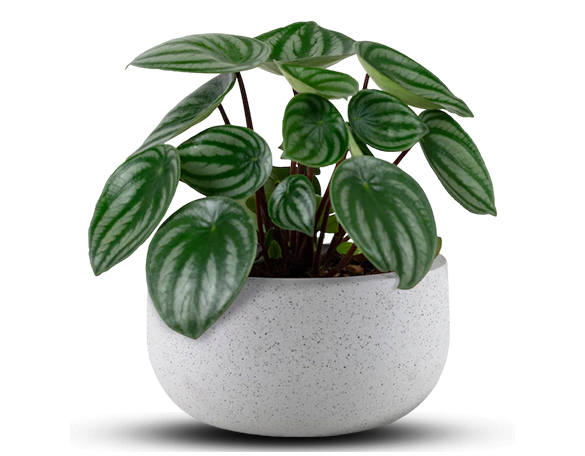
Green Gift
Peperomia
Nice Gift For Buddies
DESIGNER:
Charles, Ray Eames
MATERIALS:
Wood, Leather, Metal
CLIENT:
Woodmart, Basel
$1999.00






mist your plants as soon as you receive


best at bright light area




quality sleep and beauty to your decor




best at bright light area


Indoor Plants , Premium Potted Plants, Bonsai...
Outdoor Plants , Fertilizers , Trees , Shrubs , Palms , Ground Covers




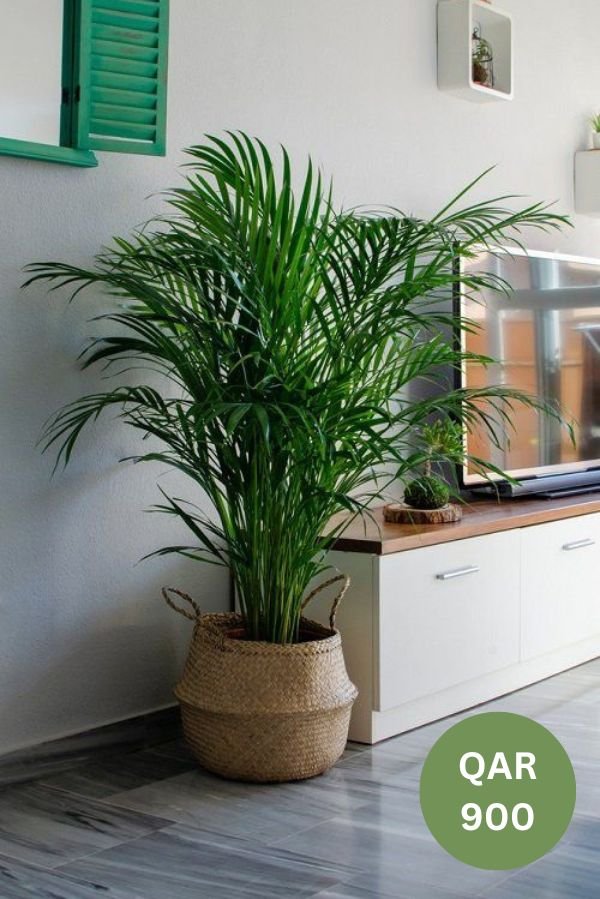
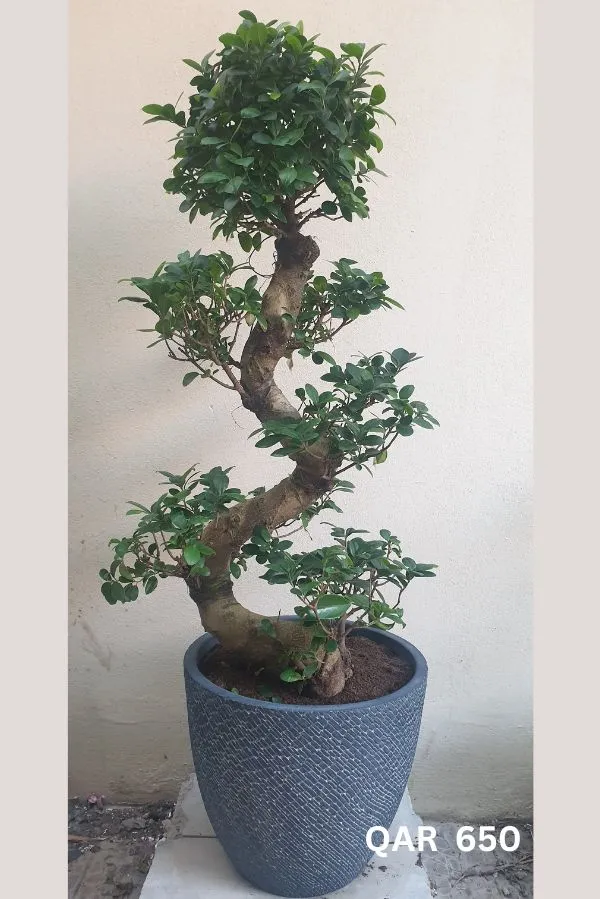

Charles, Ray Eames
Wood, Leather, Metal
Woodmart, Basel
$1999.00
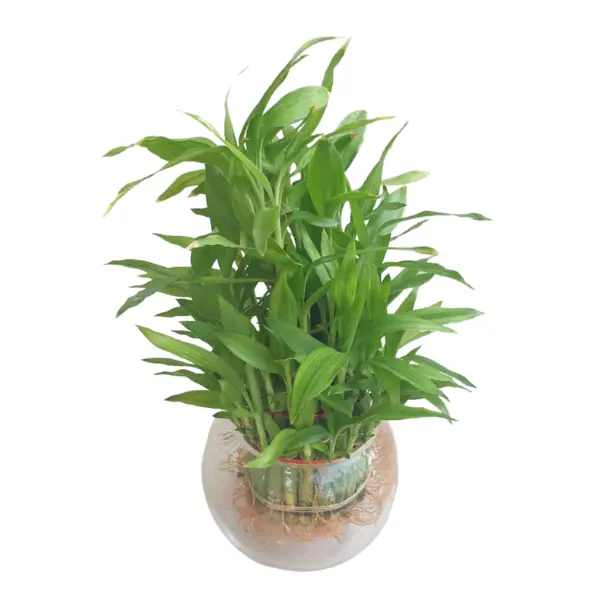
Ghislain Magrite
Wood, Leather, Metal
Woodmart, Basel
$240.00
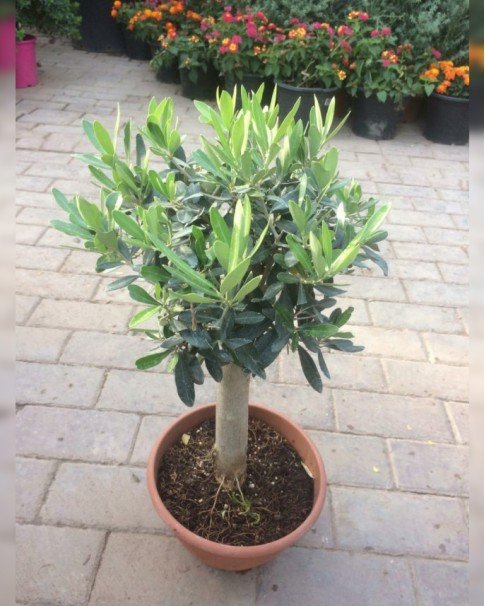
Charles, Ray Eames
Wood, Leather, Metal
Woodmart, Basel
$1999.00
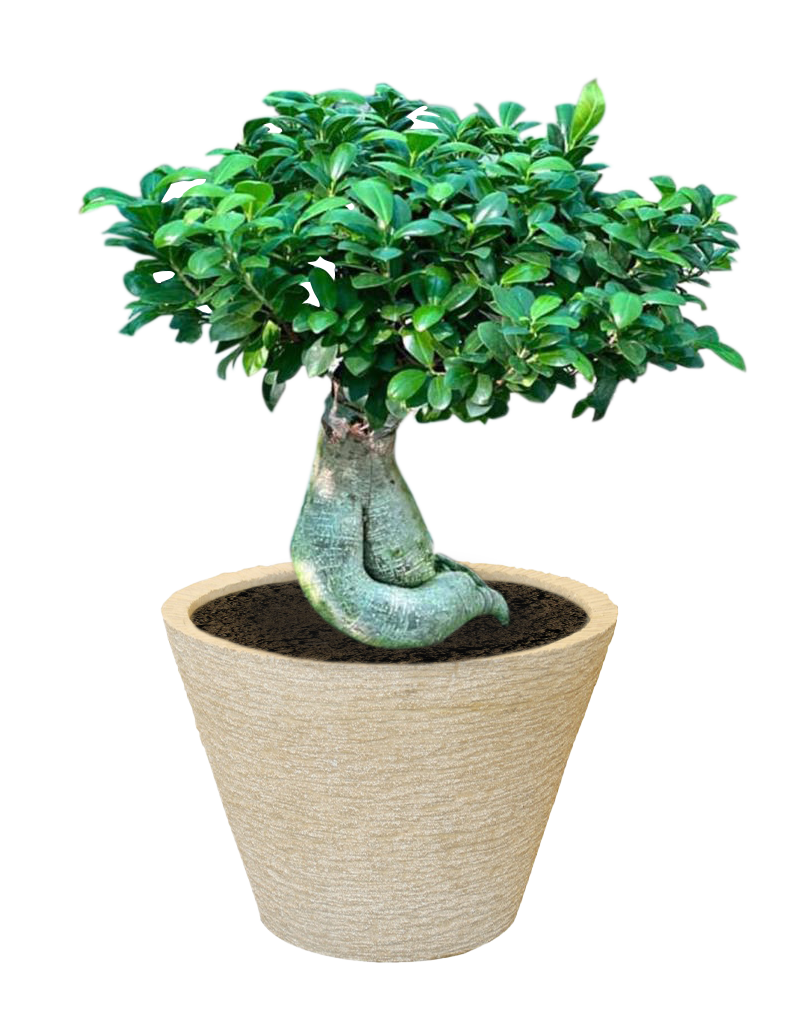
Ray Eames, Charles
Metal, Wood, Polymer
Woodmart, Basel
$299.00
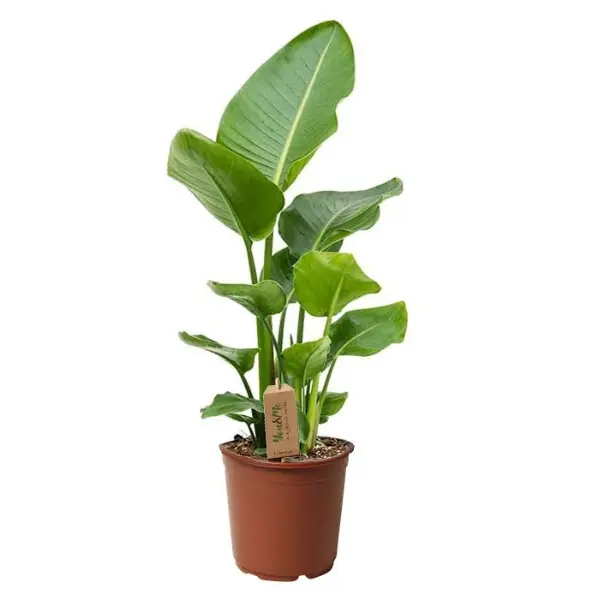
Charles, Ray Eames
Wood, Leather, Metal
Woodmart, Basel
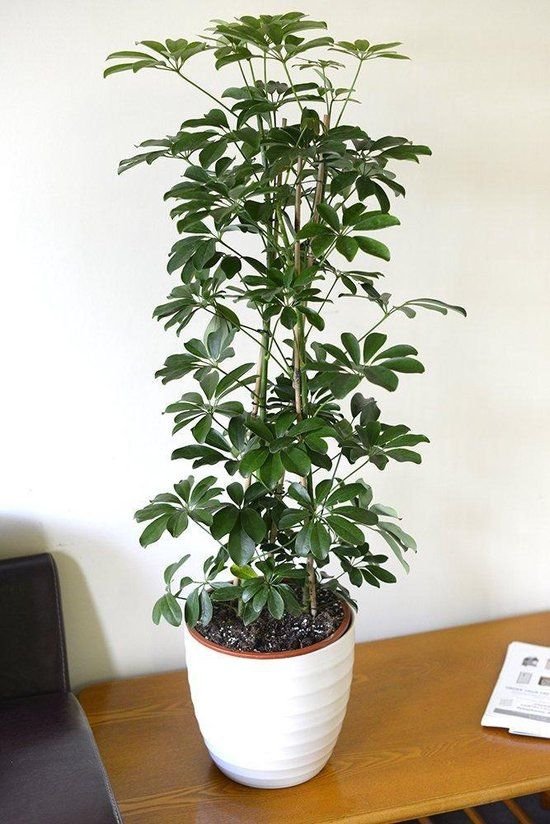
Charles, Ray Eames
Wood, Leather, Metal
Woodmart, Basel
$1999.00
You will get free delivery for 200/- QAR purchases, this will cover Doha City, from Wakra to Umsalal and Mall of Qatar to Lusail City geo locations.
Large Plants and Trees delivery orders will have extra rates that will be discussed with customer prior to the deliveries.